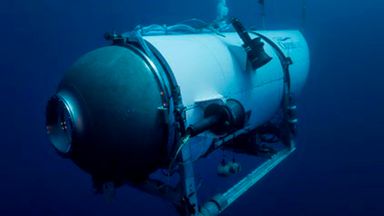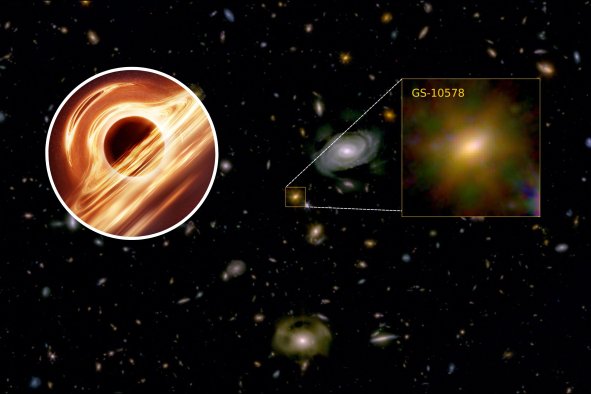A team of researchers at Mississippi State University has identified a new species of parasitic wasp that employs a previously unknown and gruesome method of reproduction—one never before observed in the 200-year history of parasitoid wasp research.
The newly discovered wasp has the unique ability to inject live adult fruit flies with its eggs, a behavior that is unprecedented among parasitoid wasps, which typically target fly larvae.
"This is a spectacular example of undescribed biology hidden in plain sight," Matthew Ballinger, co-author of the study, said in a statement. "We have never come across a species that attacks the adult stage, until now."
The discovery began unexpectedly in the backyard of Logan Moore, a Ph.D. student working under Ballinger. While searching for nematodes, a type of parasitic worm, the researchers inadvertently stumbled upon this wasp while collecting infected flies from Moore's home in Starkville, Mississippi.
"The fly's abdomen just looked a little strange to me, so I grabbed it to dissect it along with the mushroom-feeding flies that I was searching for nematodes in," Ballinger told Newsweek.
"And in that fly was a little wasp larva. That shouldn't be the case because it was an adult fly, and there have been no descriptions of parasitoid wasps that would be growing inside of an adult fly. So it immediately piqued my interest."
While it's not unheard of for wasps to parasitize adult insects, Ballinger explained, it's a difficult process. Adult flies are highly mobile, which makes them elusive targets.
Measuring no more than 2 millimeters in length, the newly discovered wasp has developed an astonishing method to overcome these challenges. The key to its success lies in its ovipositor, a needle-like organ resembling a stinger, which it uses to lay its eggs.
"The wasp approaches the fly head-on, and so to inject her egg, she needs to bend her abdomen underneath her body and extend it like a lance in front of her," Ballinger explained.
"She then charges at the fly's abdomen while pushing the lance forward. It will then pierce the abdomen very, very quickly and inject one or more eggs as it does so."
With the fly still alive and buzzing around, the egg then begins to grow inside it before hatching into a larval wasp. There it sits for up to two weeks, until it's ready to escape from its host.
"It's really striking to see the flies, they're small as well, but you can see with the naked eye how swollen their abdomen is. When it's ready, the little larva will begin to chew its way out from the inside. It'll make a little hole, and then it will squeeze itself right out of that hole."
Thus far, specimens of the new wasp species have been collected only in Mississippi, Alabama and North Carolina. However, traces of its DNA have been detected in fly samples across the Eastern U.S., suggesting a much wider distribution.
Their findings, Ballinger said, "don't exclude the possibility that it could live in many other places around the world."
Although the parasitic process may seem nightmarish, the newly discovered wasp could offer potential benefits for humans, particularly in pest control. Fruit flies are notorious pests, and entomologists commonly use parasitic organisms to manage insect populations.
"A good bit of studying needs to happen before you know whether it may be a good biocontrol candidate[...]it's quite speculative at the moment," he said.
Do you have a tip on a science story that Newsweek should be covering? Do you have a question about wasps? Let us know via science@newsweek.com.
References
Moore, L. D., Chris Amuwa, T., Shaw, S. R., & Ballinger, M. J. (2024). Drosophila are hosts to the first described parasitoid wasp of adult flies. Nature, 1–8. https://doi.org/10.1038/s41586-024-07919-7
Disclaimer: The copyright of this article belongs to the original author. Reposting this article is solely for the purpose of information dissemination and does not constitute any investment advice. If there is any infringement, please contact us immediately. We will make corrections or deletions as necessary. Thank you.



